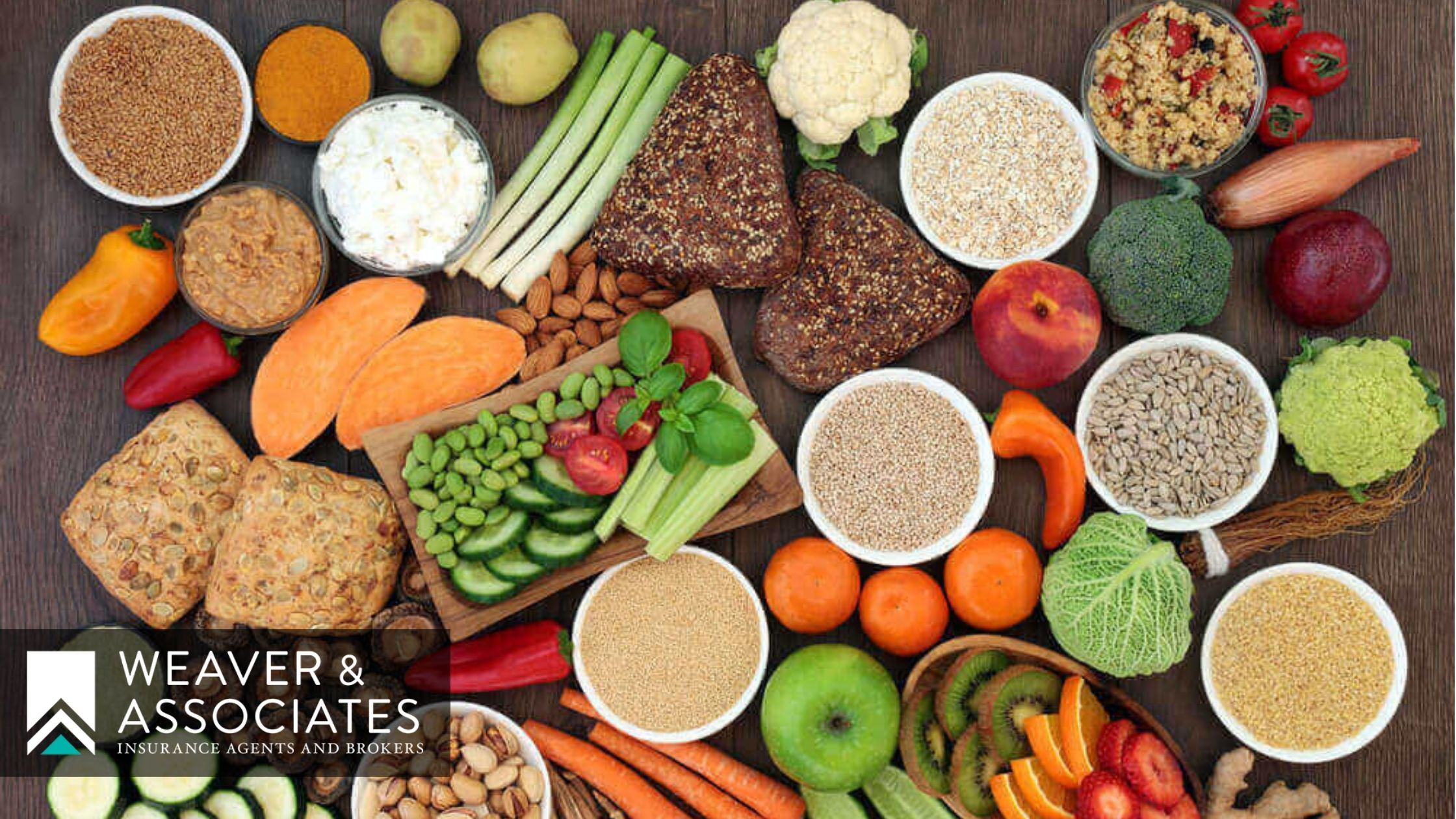Sodium is a micronutrient, i.e., it is required in small amounts by the body. It functions as an electrolyte and acts as an osmoregulator, i.e., it controls the water level in the body. It is found abundantly in table salt. Therefore, the recommended daily sodium intake should remain under 1,500 mg. Any amount more than that is more sodium than required.
However, even one teaspoon of salt contains 2,300 mg of sodium. That’s why, sometimes, it is challenging to keep track of how much sodium you eat. This post has some low-sodium food options to help cut back on your sodium intake.
Why Is It Necessary to Cut Back On Sodium Intake?
Although doctors and nutritionists recommend a teaspoon of total sodium intake daily, you’d realize that you take more of it than required when you analyze your diet practically. This, in turn, has both short-term and long-term effects, some of which are mentioned below:
-
Increased Water Retention
One way your body tells you that it is getting too much sodium is bloating. When you feel more puffed up than usual, it indicates that your kidneys are retaining more water than usual to balance the sodium-to-water ratio. It is more attributed to swelling hands and feet.
-
Increased Blood Pressure
When a larger volume of blood flow through the blood vessels, there is an increase in blood pressure. Older or obese people mainly experience this. Invariably, an increase in blood pressure causes the blood vessel to freeze, increasing the risk of heart diseases.
-
Dehydration
Another way your body helps to compensate for the extra sodium is by prompting you to take more water. An increase in water consumption causes you to urinate more frequently to expel excess salt. However, when you fail to take enough fluid, it leads to hypernatremia. This causes the cells to leach water into the bloodstream to dilute the sodium concentration.
The best ways to balance your sodium intake are by taking enough fluid, eating potassium-rich food, and maintaining a low sodium diet. Some more easy steps to keep your sodium levels include:
-
Avoiding Dressings and Toppings
Dressings and toppings contain a lot of salt, sugar, and calories. If you must eat salad, avoid bacon or pickles, and request the sauce on the side.
-
Opting for Grilled Meat over Processed Meat
Grilled or broiled meat does not only have less salt, but they also do not contain too much fat. But, unfortunately, most of it has leached out and gotten burnt off.
-
Substituting Juice and Soda for Water
Unless you read the labels, you wouldn’t know how much sodium or sugar you consume from juice and soda. So rather than opting for juice, soda, or other beverages, drink water when thirsty and try adjusting to taking water with your meals.
-
Avoiding Canned Soups and Broths
Canned soups and broth contain a notoriously high amount of sodium. Although some come in a reduced-salt option, they might not always be available. Try to avoid canned items, or opt for canned items marked as ‘sodium-free.’
Your health is as important to us as it is to you. With the cost of health care rising in the United States, eating healthily and purchasing adequate health insurance coverage to tackle emergencies is advisable. Our insurance agents at Weavers & Associates are here to help you out if you have any queries regarding health insurance. Contact us today to get the best available health insurance policy customized to your preferences and budget.







